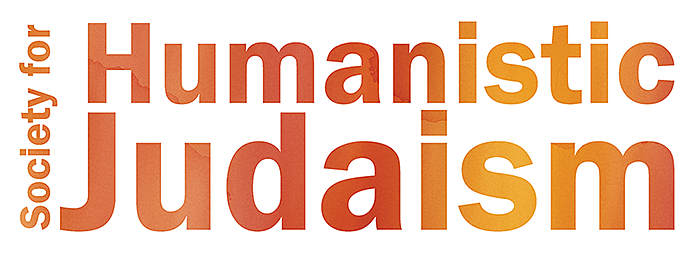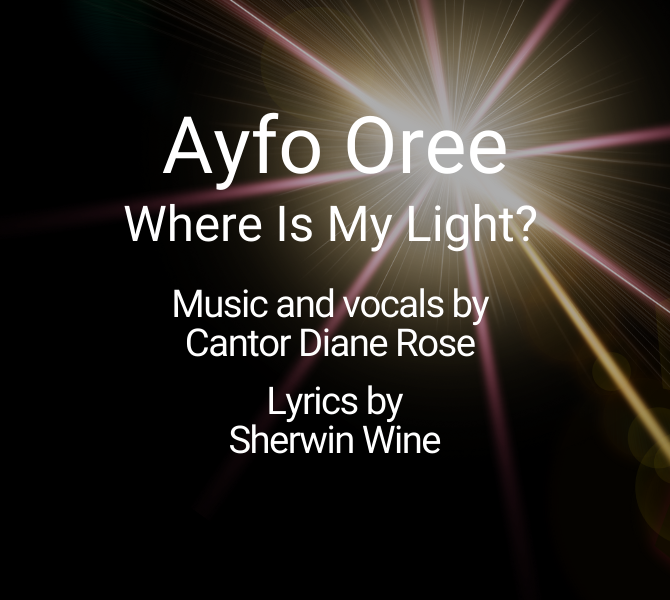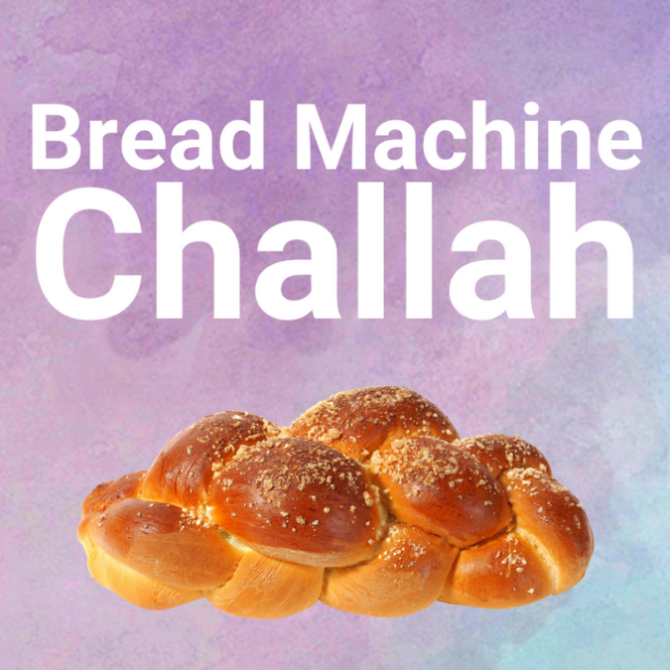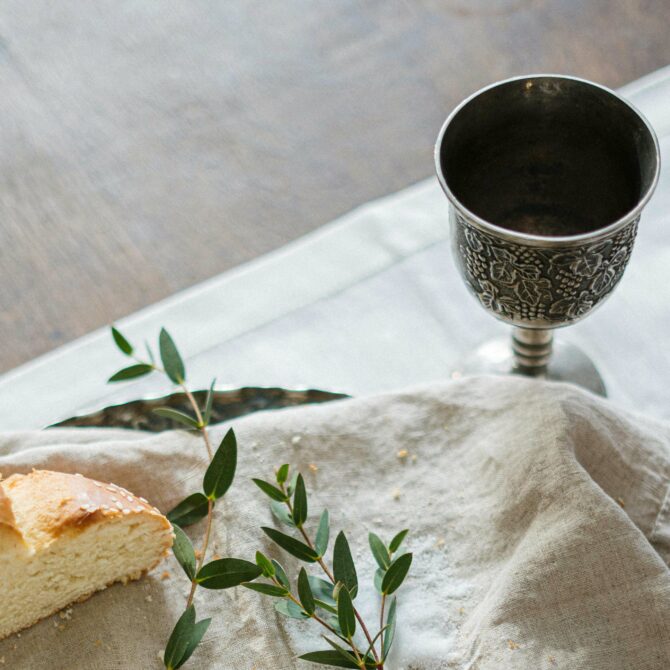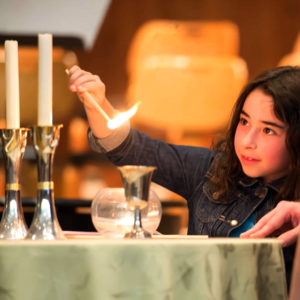 Shabbat
Shabbat
The most frequent holiday in the Jewish calendar is Shabbat, occurring every week from sundown on Friday to sundown on Saturday. Originally it celebrated God’s creation of the world in seven days.
For Humanistic Jews, Shabbat is chance to affirm our connection to the Jewish people. It allows for time to relax from the busy week, a space for self-exploration and discovery. In coming together with other secular and humanistic Jews, we reflect, celebrate, study and exchange ideas.
Shabbat celebrations are tributes to Jewish culture and history, to a shared Jewish past, present, and future. The celebrations incorporate Jewish texts, both ancient and modern, original meditations, poetry, and music.
Humanistic Shabbat blessings over candles, wine, and challah connect us to Jewish tradition, while recognizing the natural world and human involvement in the celebration of these symbols.
Explore Home Shabbat Celebration here [PDF]. Investigate Community Shabbat Celebration here [PDF]. See below for our latest blog entries about Shabbat.
Havdalah
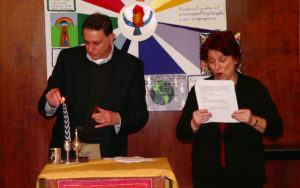 Havdalah (distinction/separation) marks the end of Shabbat. The symbols of the Havdalah celebration – wine, spices , and the light of the braided Havdalah candle – help us mark the distinction between Shabbat and the rest of the week.
Havdalah (distinction/separation) marks the end of Shabbat. The symbols of the Havdalah celebration – wine, spices , and the light of the braided Havdalah candle – help us mark the distinction between Shabbat and the rest of the week.
For Humanistic Jews, the twisted candle represents the many sources of wisdom and beauty, the uniqueness of each of us, and the strength and power that comes from the coming together of individuals. The wine symbolizes joy and fulfillment. The scent of the spices restores us, giving us strength and inspiration to face the coming week with renewed energy. As we extinguish the candle in the wine goblet, we are reminded of the struggle between light and darkness and good and evil in our world. Celebrating Havdalah helps us to recapture the balance between opposing ideas and emotions as we face the joys, as well as the challenges that each new week brings.
.
